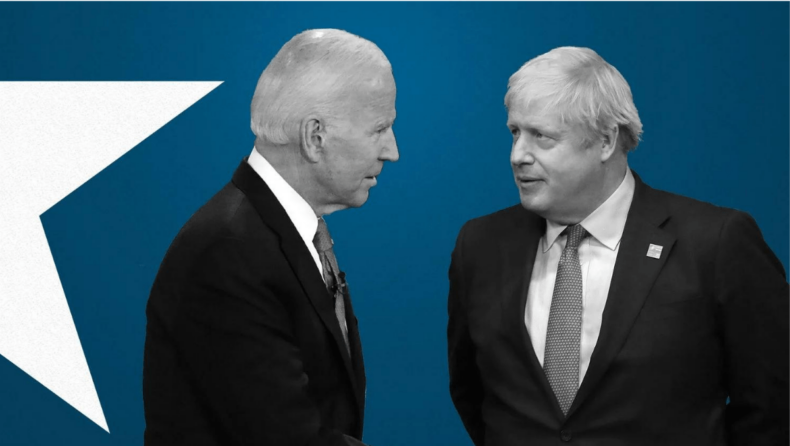With Russia intensifying its war on Ukraine, killing civilians and creating a mass refugee crisis, the US, and the UK bans Russian oil & gas, Critics of Russia have been saying for a long that sanctioning its energy exports would be the best and perhaps the only way to force Moscow for a pullback.

The price of crude oil has been rising for a long time now but as soon as these sanctions happened the price per barrel of crude oil touched $130.85 with an increment of +2.20%
A full embargo would be most effective if it included Russian European allies, which are also desperate to stop violence in Ukraine and the danger Moscow poses to the continent.
The biggest problem here in the US is the only country that has announced full sanctions and it is yet far from clear that all of Europe would take part in an embargo, though on Tuesday Britain announced that it would phase out Russian oil imports by year’s end.
Unlike the US, Europe (all countries together) isn’t the world’s largest producer and to cater to its need is deeply reliant on the oil and gas imports from Russia, and sanctioning Moscow won’t be a wise move for Europe.

How big is Russia in Oil Market?
- If we talk about three large players in the global oil market then at 18-19% the US has the highest share in global output followed by Russia and Saudi Arabia each at 12% and together these three nations control almost 45% of the oil supply.
Within OPEC countries Saudi Arabia tops the list and if we combine the top 10 largest oil producers it ranks a staggering 72% of global oil supply.
- Russia with a supply of close to 5 million barrels a day is not an insignificant amount, especially for Europe and a ban will tighten the market with prices blowing the roof.
- But this is not an issue with the quantity alone because the quality of crude and cost of production also dictates a lot here. For example – Unlike Russian oil, Venezuela oil has more impurities and it requires more complex refineries to process the oil.
Apart from this within a country, the cost of production plays the most vital role. Just to give you a clear understanding of the scenario, the US produces at $40 a barrel whereas Russia produces per barrel at $20 and followed by Saudi Arabia at $15 per barrel.
- Thus, Russian supplies are not only the second-biggest, they are also the second-cheapest with far better in quality than Venezuela’s crude and sanctioning Russian oil will lead to higher costs for all concerned.
Why not increase supplies from countries like Iran, and Venezuela?
Venezuela might have the world’s largest oil reserves but producing oil requires more than reserves. if we talk about Venezuela, the country’s oil-producing apparatus is in disrepair and mostly due to the government’s mismanagement but also due to harsh government sanctions.
Oil-producing companies throughout the country are in heavy debt and most of them lack good quality drilling equipment. Coming to Iran, they will not increase their production unless and until it gets the green flag for its nuclear deal with the US which has higher chances of not happening anytime soon.
Like this many countries can be considered but individual production levels are quite low, to match the void left by Russia several countries will have to come together and still may not match the production and consistency of Russia.
What about strategic reserves?
Strategic reserves are only good in emergencies.
The top three countries in terms of reserves are the US, China and Japan on combining they have 1500 million barrels and an average daily consumption of 95 million barrels a day that’s roughly a supply for 20 days.
This also raises the question of “how far China would be welcoming this initiative?”
Conclusion
The US imports less than 10% of its energy requirements from Russia but the EU are much more heavily dependent on Russia.
Germany is the best example of the scenario, accounting for over 40% of that country’s oil needs and 25% of natural gas demands.













